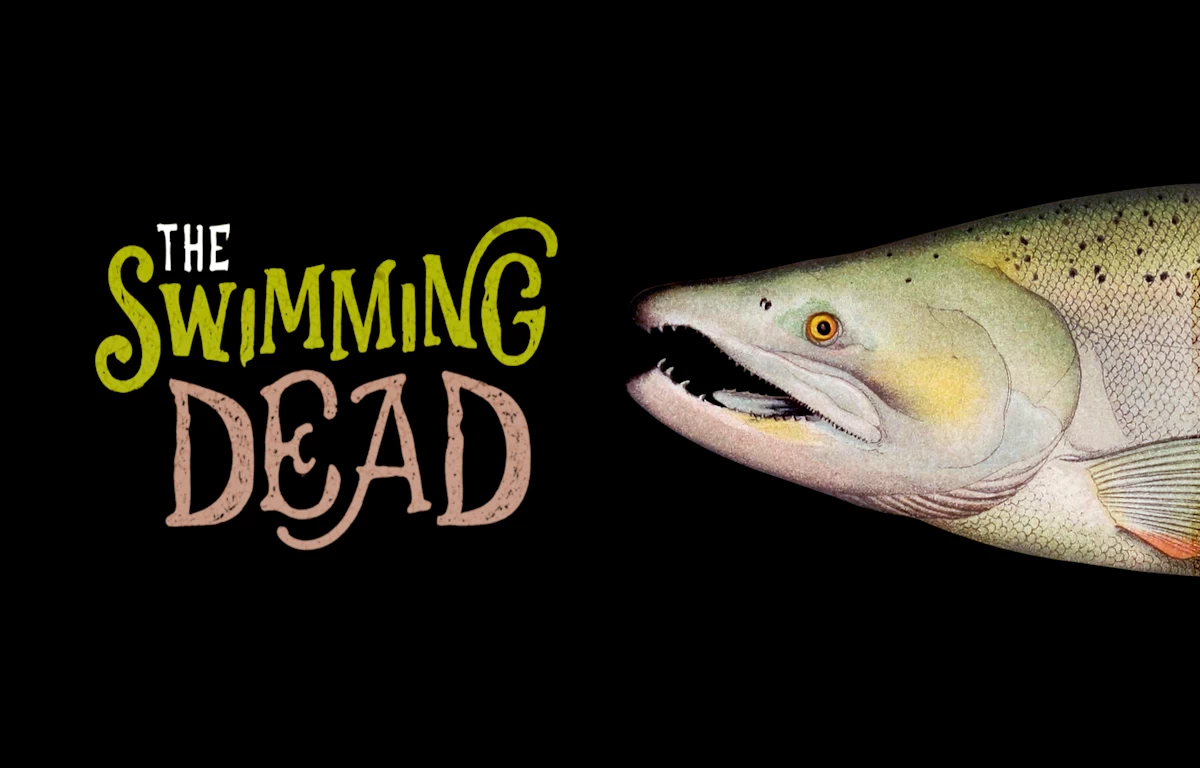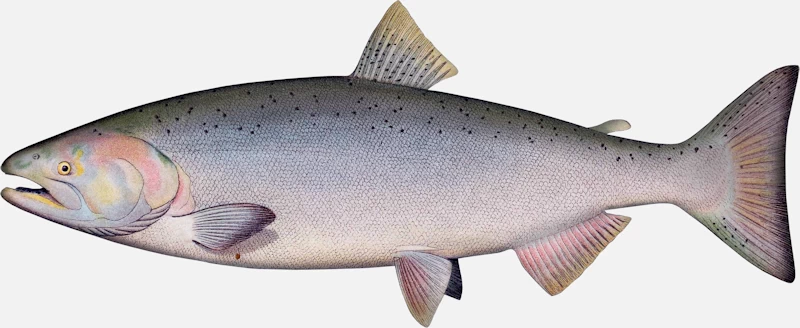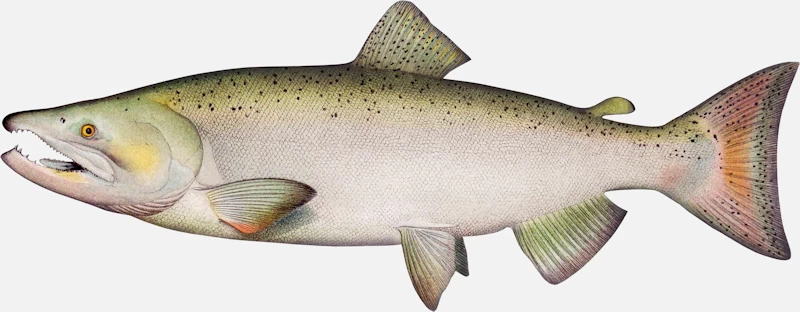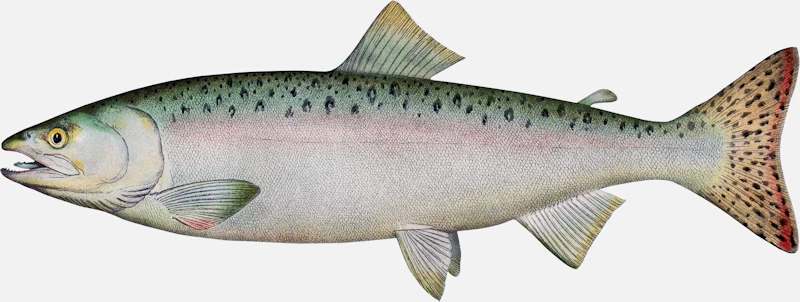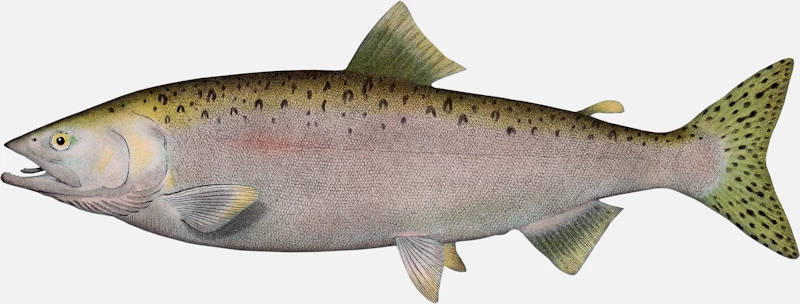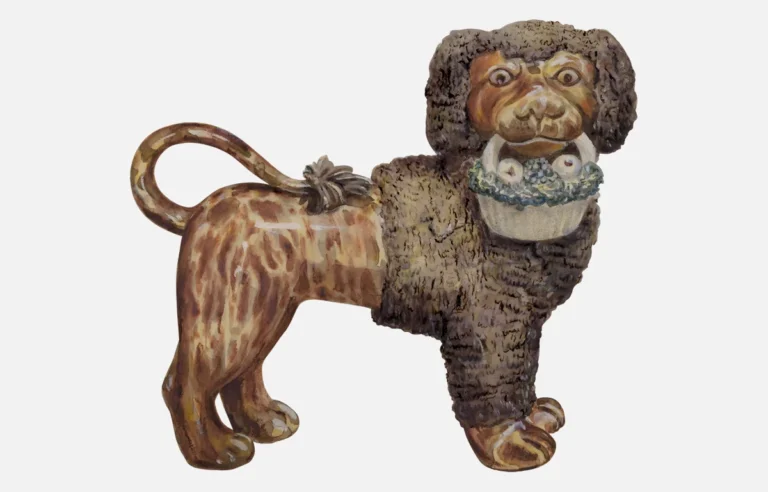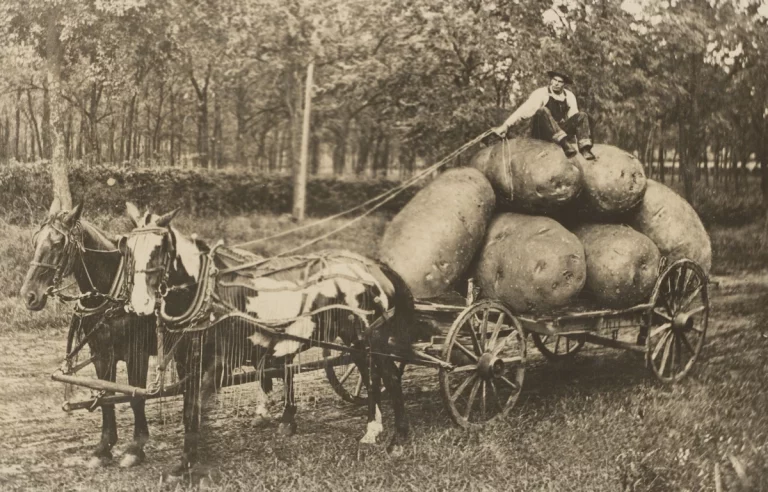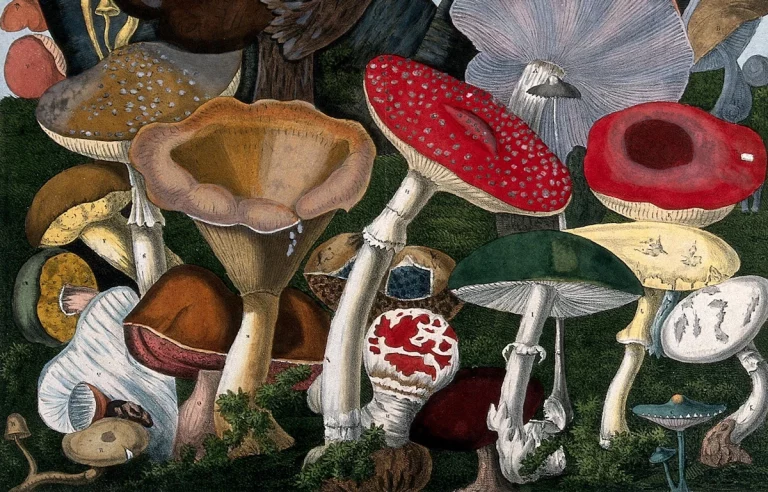The Swimming Dead: Zombie Salmon
Every year, as autumn settles over the Pacific Northwest, something remarkable—and slightly eerie—happens in the rivers and streams. Thousands of Pacific salmon make their way back home after spending years in the open ocean. But instead of looking vibrant and strong, they appear pale, battered, and decaying. This unsettling sight has earned them the nickname “Zombie Salmon.” It’s as if the fish have walked straight out of a horror movie and into our rivers!
But how did these seemingly undead fish get here, and why are they so important to the environment? To understand this, we need to dive into the salmon’s incredible life cycle, explore the phenomenon of “zombie salmon,” and see how this odd transformation benefits the world around them. So, grab your metaphorical snorkel and let’s plunge into the world of these fascinating fish!
The Life Cycle of Pacific Salmon
Pacific salmon, which include species like Chinook, Coho, Sockeye, Pink, and Chum, have a life cycle that’s as epic as any superhero’s origin story. It all begins in the freshwater streams and rivers where they are born. Picture this: tiny eggs are laid in gravel nests called “redds.” These nests are like secret hideouts, cleverly camouflaged beneath the riverbed to keep the eggs safe from predators and swift currents.
After two to three months, the eggs hatch into small, wiggly fish known as alevins. These little guys are like the adorable sidekicks of the salmon world, still clinging to a yolk sac that’s their meal ticket to growing up. They stay nestled in the gravel beds for a few more months, munching on their yolk sac and slowly turning into fry, ready to explore the big, wide world.
Once they become fry, the adventure really begins. Depending on the species, some young salmon dive straight into their migration toward the ocean, while others—like the Coho salmon—decide to stick around the rivers for up to a year. It’s like they’re taking a gap year before heading to the ocean! During this time, they feast on small plants and tiny organisms, building the muscles they’ll need for the next stage of their incredible journey: the ocean.
From River to Ocean: The Great Migration
Before making a splash in the ocean, salmon have to navigate the estuary—the tricky area where freshwater rivers meet the salty sea. Think of it as the ultimate transition zone. Their bodies go through a major makeover to handle the salty water, like a fishy version of a teenager getting a new wardrobe. They leave behind the familiar freshwater habitat and enter the vast, predator-filled ocean. Talk about a big leap!
In the ocean, Pacific salmon enjoy the chilly, nutrient-rich waters, feasting on small fish, squid, and crustaceans. Some species, like Pink salmon, live it up in the ocean for only one year before returning to spawn. Others, like the mighty Chinook, spend up to seven years swimming thousands of kilometers while growing into massive fish. Chinook salmon, for instance, can bulk up to a whopping 50 pounds or more—definitely not the kind of fish you’d want to catch on a line!
The ocean can be a dangerous place, with predators like orcas, seals, and bigger fish lurking around every corner. But the ocean also provides the nutrition they need to power up for their final journey: heading back to their birthplace to spawn. It’s like the ultimate homecoming, but with more swimming and fewer balloons.
The Call of Home: The Salmon's Epic Return
When it’s time to spawn, a powerful urge drives the salmon to return to the very rivers where they were born. This homing instinct is one of nature’s most mind-boggling mysteries. How do they find their way? Scientists think salmon use a combination of the Earth’s magnetic field and their extraordinary sense of smell to navigate their way back home. It’s like having a built-in GPS system, but way cooler!
This journey is anything but a leisurely swim. Salmon must battle their way upstream, fighting against powerful currents, leaping up waterfalls, and dodging man-made obstacles like dams. Along the way, they encounter hungry predators, such as bears and birds, who are more than happy to make a meal out of them. Some salmon travel hundreds—or even thousands—of miles, climbing up mountainous streams just to reach the same gravel bed where they hatched years before. It’s the ultimate test of endurance and determination.
The Final Act: Spawning and the Zombie Phase
When the salmon finally reach their home rivers, they’re exhausted but still determined. The females dig shallow nests in the gravel, laying thousands of eggs, while the males use their hooked jaws and sharp teeth to defend the nests and fertilize the eggs. For many of these salmon, this is the grand finale of their life’s mission. They’ve fought their way back, and now it’s time for the next generation to begin.
But unlike their Atlantic cousins, who can spawn multiple times, Pacific salmon are “semelparous,” which is a fancy way of saying they spawn once and then die. And let me tell you, death doesn’t come easily for them. After spawning, their bodies start to break down rapidly, but they’re still technically alive. This is where the term “Zombie Salmon” comes from. It’s like their bodies are still ticking, even though they’re on their last legs—er, fins.
The Macabre Transformation
After spawning, salmon enter what’s known as the “zombie phase.” Their once-sleek bodies, perfectly designed for long ocean journeys, start to decay while they’re still swimming. The stress of the migration weakens their immune systems, making them easy prey for parasites and fungal infections. White patches of fungus appear on their skin, and their scales lose their dazzling shine. Their bodies become thin and emaciated, making them look more like the walking dead than the powerful fish they once were.
Even in their weakened state, some salmon continue to defend their spawning grounds, driven purely by instinct. It’s like they’re clinging to their last bit of heroism. But eventually, their bodies give out, and they die. For the salmon, this might seem like the end, but their death is actually the start of something much bigger and more important.
The Ecological Gift of Zombie Salmon
While the sight of zombie salmon might seem grim, their death is a crucial part of the ecosystem. Their decaying bodies provide a feast for all sorts of creatures, from bears and eagles to otters and seagulls. This constant food source helps these animals survive through the fall and winter months when food is hard to come by. It’s like the salmon are throwing a posthumous banquet for their fellow wildlife!
But the benefits don’t stop there. As salmon decompose, their bodies release nutrients into the water and soil, nourishing the surrounding environment. This nutrient boost helps plants grow, which in turn supports other animals in the food web. Even tiny insects and plankton get a boost from the salmon’s remains, ensuring that the circle of life keeps turning. It’s nature’s way of recycling!
Plus, the physical act of salmon spawning also impacts the riverbed. As they dig their nests, they churn up the gravel, creating new habitats for other aquatic life. The presence of salmon influences the behavior of predators and scavengers, shifting the dynamics of the entire ecosystem. It’s like the salmon are giving the whole ecosystem a little shake-up, keeping things lively and balanced.
Threats to the Salmon's Survival
Despite their epic journey and ecological importance, Pacific salmon face many threats. Overfishing, habitat destruction, pollution, and climate change are all putting pressure on salmon populations across the Pacific Northwest. Dams and other man-made barriers block salmon from reaching their spawning grounds, while warming ocean temperatures mess with their food sources and migration patterns.
In many regions, wild salmon populations are struggling to keep up. Conservationists are working tirelessly to protect and restore these fish. Habitat restoration projects aim to fix damaged rivers and streams, while dam removal or modifications help salmon complete their migrations more easily. Sustainable fishing practices also play a part in ensuring that enough salmon are left to reproduce and keep the cycle going.
Hatcheries, where salmon are bred and released into the wild, are another tool used to boost salmon numbers. However, these efforts need to be carefully managed to avoid disrupting the natural balance of the ecosystem. Saving Pacific salmon is not just about saving a species—it’s about preserving the intricate ecosystems that depend on them. It’s a delicate balancing act that requires a lot of effort and cooperation.
Conclusion: More Than Just Fish
The story of zombie salmon is one of resilience, determination, and the amazing ways nature balances life and death. From their long ocean journeys to their final moments of decay, salmon play a crucial role in the health of the ecosystems they inhabit. Their life cycle is a testament to the power of nature’s design and the interconnectedness of all living things.
While seeing these fish in their zombie-like state might seem a bit morbid, their death is an essential part of the natural world. Without salmon, many other species would struggle to survive, and entire ecosystems could be thrown out of whack. So, the next time you come across a zombie salmon, remember that you’re witnessing a vital part of nature’s grand design—a reminder that even in death, life continues and flourishes.


